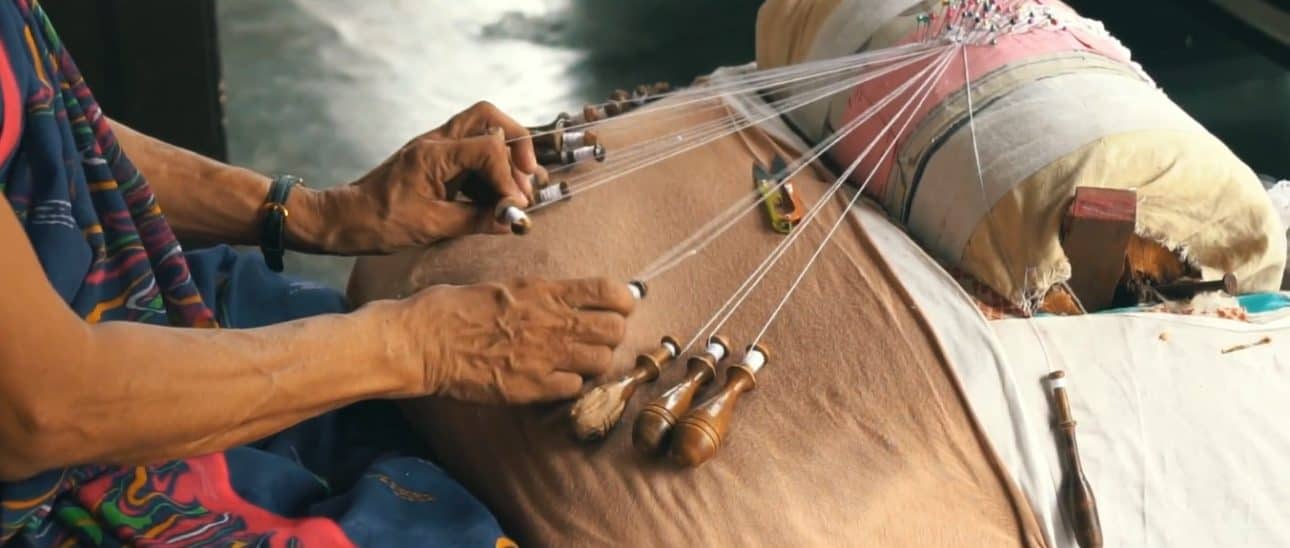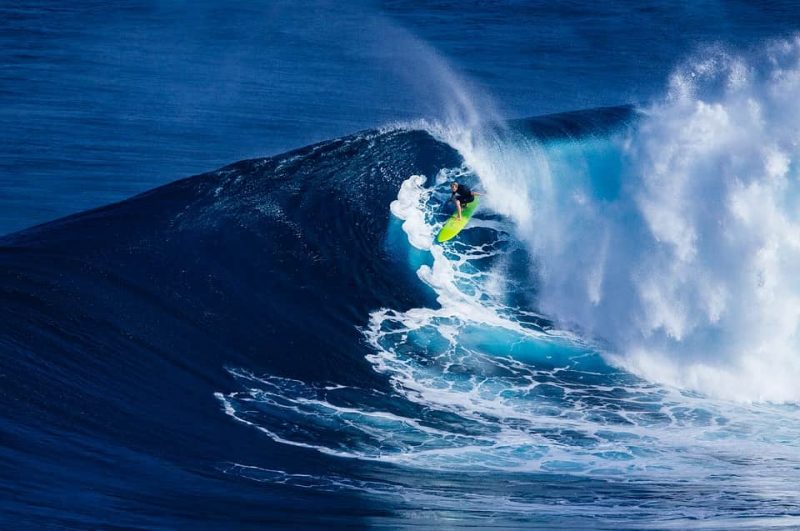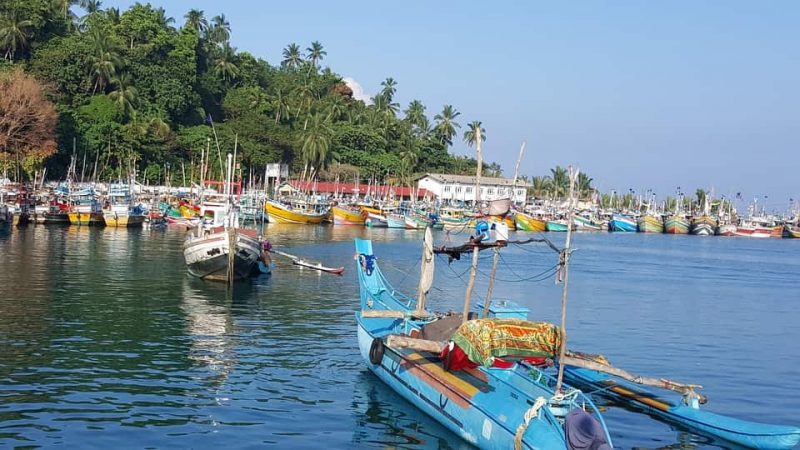Weligama Sri Lanka Beach Holiday Destination For Surfing
Weligama Sri Lanka Beach Holiday Destination For Surfing
Sri Lanka (about Sri Lanka) is an island with many remarkable bays, most popular is the china bay off Trincomalee on the east coast and Weligama bay comes next in the raw. This is a place for a secluded beach experience and Weligama holds onto its individual charm despite the swiftly rising tourist traffic.
As a destination for a beach holiday in Sri Lanka, Weligama maybe still not the best choice for many travellers. However, this remote beach resort has a large potential to be one of the main rivals of the more popular beach resorts in Sri Lanka such as Bentota beach. A large part of Weligama is still unexplored for world travellers. In this guide, we talk about this less frequently visited, a hidden beach resort in southern Sri Lanka.
Affordable Sri Lanka beach holiday
Weligama beach is a remote beach holiday destination for travellers, who land at the airport of Colombo. It had been a 5 hours journey from Colombo airport in the past. However, the duration of the transfer is largely reduced since the opening of southern expressway recently.
It had been 5 hours journey from Airport to Weligama in the past but now it is just 2 hours, thanks to the southern expressway. Maybe it had been the remoteness that kept the travellers away from this idyllic beach resort. This laid-back beach is a great place for wine, dine, swim and most importantly RELAX.
Usually, the beaches in southern Sri Lanka are more lovable among travellers who love peace and calm. Beach resorts on the west coast are very crowded and busy places and have urban vibe compared to its counterpart in southern Sri Lanka. Usually, the west coast beach resorts are included in most Sri Lanka road trips.

Weligama is the main beach resort in southern Sri Lanka and lies 145km from the city of Colombo, and 180 km from the international airport. Weligama beach is also a one day trip place in Sri Lanka, but still, only a few travellers heading to Weligama from Colombo. Beaches such as Bentota beach, Kalutara beach, Negombo that are closer to Colombo bags the most one day trip lovers.
Palm-fringed beaches here are very shady and very rich in food, especially sea-food. Weligama is a fishing village with a large number of people in the fishing industry, therefore, Sea-food is in plentiful supply. There are a large number of seafood restaurants that boast the beachside dining.
This is a laid-back city on southern Sri Lanka. The city of Weligama is a very small, calm and quiet place compared to most cities in southern Sri Lanka such as Galle, Marara. But that does not mean the beaches of Weligama are anything to be sniffed at.
The beach near the Weligama fishing harbour is the place to go; today it is expanding rapidly and many high-rise hotels are popping up along the beach. The number of sun-worshipers had been very low in the past but with the opening of the southern expressway, the number of Sri Lanka beach holiday lovers are more frequented here than ever before.
Weligama is a small fishing village on the southern coast of Sri Lanka. As the name suggests “Weligama” (Village in sand), is located bordering the Indian Ocean, hence its soil largely consists of sandy texture.
It had been a popular port of call among international seafarers in the several centuries past. Today the natural port is used as the fishing harbour and full of fishing boats and catamarans. It makes a gorgeous sight at the sunset with the mountainous backend when large numbers of vessels in vivid colours are floating on the waters.
Some people claim that the old charm of the city is somewhat diminished due to the commercial constructions in Weligama. For instance, the new road, which was constructed to reduce the travelling time between Galle and Matara, is claiming for a considerable portion of the city. But Weligama posses a beautiful beach with tall swaying coconut palms.
The beaches of Weligama are clean, clear and unspoiled by the human touch. There are several hotels and guesthouses along the coast providing accommodation for travellers. But the tourist traffic is very minimal in this part of the country. The region was badly damaged by the tsunami in 2004 and almost all the hotels were badly affected. But they are fully functioning again after rebuilding and some of them are even upgraded to higher categories.
What to see in Weligama?
The beautiful lagoon of Weligama spreads about 3.5 km to the sea from the mainland. The combination of the lagoon, nearby mainland and the mountains in the background shows some similarities to the Galle harbour and its surround. Today the lagoon is occupied by the fishing boats.
There is two Small Island in the lagoon Taprobane (one of the historical names of the island) and Parei Duwa (Pigeon Island). The small island Taprobane is about 10,000 m² in extent and possessed by a French national (Comte de Nouny). He built a massive, luxurious bungalow on the island and it was surrounded by a beautiful tropical garden. Later the villa was occupied by popular American author Paul Bowles. Today the villa is converted to a luxurious hotel.
Nath Devala of Weligama is located several kilometres off the beaches of Weligama and it is one of the most historical buildings in Weligama. This Hindu temple is dating back to 6th -11th centuries AD. A colossal statue, which is hewn into the natural rock in the temple, is believed to be originated from the 6th century AD to 11th century AD.
The identity of the figure is not discovered yet. It was made with beautiful attire, crown and jewellery and believed to be representing Bodhisattva Avalokitesvara or Bodhisattva Samantabhadra (God Saman). According to the legend, King Kustaraja, who had been a leprosy patient, had been living here for three months. The king was mainly depending on coconut for nourishment during this period.
Another legend suggests that Weligama had been the coastal village, where the first coconut of Sri Lanka was discovered. It was drifted to the shores of Weligama from an unknown country. When it exactly happened is not known to anyone.
Today Weligama is an important coconut producing area of southern Sri Lanka and many industries based on coconut is thriving here. Tourism industry shows rapid improvement in the area in recent time and several new hotels have been built along the coast.
Surfing in Weligama

Weligama was a popular beach holiday destination for many decades for surf lovers. A large number of travellers who showed up in Weligama was attracted by the waves that give them maximum support for their adrenaline-pumping activities.
Weligama is still ranked among the best places for surfing in the island and attracts adrenaline junkies looking for surf. There were not plenty of choices with regards to the hotels here and Only a few small beach hotels were existing before its recently stared emergence as a beach resort. Today it is a full-fledged beach holiday destination with the perfect combination of beaches, shopping, activities and dining. Weligama is becoming a famous beach holiday destination for all types of holiday lovers who look for a relaxing beach stay.
Apart from its popularity as a beach holiday destination and a fishing centre, Weligama is also renowned for several artistic traditions such as lacework and architectural fretwork. Lacework mainly a home-based industry, introduces during the Portuguese era today it is an important income generator for a large number of people in the area. A large number of women produce table mats, table-cloth, and dresses using lace.
The travellers can reach Weligama on coastal road south from Galle. The travellers can reach Weligama along the southern expressway and which is much faster than the coastal road. The train is the other popular transport method to reach Weligama. There is a large number of mara bound trains from Colombo and almost every train make a stop at Weligama.

One of the unique methods of fishing in the world
Stilt fishing is a unique method of fishing, being used in the island of Sri Lanka. Stilt fishermen are in action along the south-west coast of Sri Lanka. It creates a very interesting picture when a large number of fishermen on their poles in the early in the morning or evening. These fishermen are placing themselves on the pole and balancing 3 feet above the water surface. This method of fishing is known to about 500 families around the colonial city of Galle. Kataluwa, Ahangama, Weligama and Habaraduwa are popular places for stilt fishing.
The origin of stilt fishing is not known, but it is attributed to some inventive fishermen, who initiated the method after the Second World War. These fishermen used to place themselves on the rocks, protruding from the sea, while they do fishing. And soon the number of fishermen outnumbered the rocks. Therefore they came up with the idea of stilt fishing as an alternative. The method of stilt fishing is very effective since it not disturbing the fish.
Same time the fishers can have an aerial over the seabed enabling them to monitor the movement of the fish. Stilt fishing is highly seasonal. They usually engage in fishing at the beginning of the south-west monsoon.
This method is considered to be a method of fishing, handed down from generation to generations for several centuries. Usually, these fishermen are sitting on a crossbar (petta) tied on to a pole planted on the seabed.
These poles are about 12 feet in height and they are planted about 10 meters off the shore, in the shallow water. They use one hand to maintain the balance while the other hand holding the fishing rod. They mostly catch the small fish such as Bolla (small mackerels) and koraburuwa (spotted herrings). These fishermen are using hooks but no bait, constant movement of the traditional hook attracts the fish.
Today, this ancient method of fishing has been commercialized by some people. It is very attractive for tourists and they love to take photos of this interesting habit. Knowing this trend, some people have started to manipulate the desire of tourists. These people pose themselves as stilt fishermen and charge a large sum of money from tourists. They even place the tourists on the crossbar to pose like stilt fishermen; it can be dangerous if the foreigner is not able to maintain the balance.
What is the best time to visit Weligama, Sri Lanka
It is best to travel to Weligama during the north-east monsoon from November to April in order to get most of your beach holiday.
Weligama is a holiday destination on the south-west coast of Sri Lanka and experiences heavy rain during the south-west monsoon. Therefore, Weligama is not a suitable beach holiday destination for outdoor activities during the south-west monsoon (May to October).
Weligama is soaked by heavy rain from April to November. Furthermore, the sea off Weligama is not suitable for sea bath, surfing and all other water sports activities, due to the underwater current, during this p[eriod.






